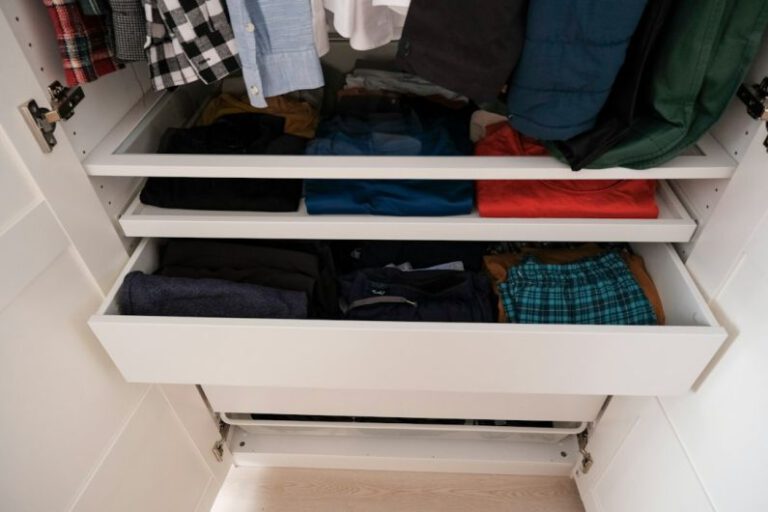How to Create an Eco-friendly Home?
Nowadays, more and more people are becoming aware of the importance of living a sustainable lifestyle. One way to contribute to a greener future is by creating an eco-friendly home. By making some simple changes to your living space, you can reduce your carbon footprint and help protect the environment. In this article, we will explore some practical tips on how to create an eco-friendly home.
Choosing Energy-efficient Appliances
One of the first steps towards creating an eco-friendly home is to choose energy-efficient appliances. Look for appliances with the Energy Star label, as these are designed to consume less energy and reduce greenhouse gas emissions. By using energy-efficient appliances, you can save money on your utility bills and reduce your overall energy consumption.
Conserving Water
Water conservation is another crucial aspect of creating an eco-friendly home. Start by fixing any leaks in your plumbing system to prevent water wastage. Consider installing low-flow showerheads and faucets, as they can significantly reduce your water usage without sacrificing water pressure. Additionally, collecting rainwater for watering plants can help reduce your dependence on treated water.
Using Sustainable Materials
When it comes to home improvement projects, choosing sustainable materials is essential. Opt for materials that are made from renewable resources and have a minimal impact on the environment. For example, consider using bamboo flooring instead of hardwood, as bamboo is a fast-growing plant that can be harvested sustainably. You can also look for recycled materials such as reclaimed wood or recycled glass for your home decor.
Improving Insulation
Proper insulation is key to creating an eco-friendly home. Poor insulation can lead to energy loss and higher heating or cooling bills. Make sure your home is well-insulated by adding insulation to your walls, attic, and floors. This will help maintain a comfortable indoor temperature and reduce the need for excessive heating or cooling.
Harnessing Solar Power
Harnessing solar power is an excellent way to reduce your reliance on fossil fuels and create an eco-friendly home. Consider installing solar panels on your roof to generate clean energy for your household. Solar panels are becoming increasingly affordable, and many governments offer incentives and tax credits for installing them. By using solar power, you can significantly reduce your carbon footprint and save money on electricity bills in the long run.
Implementing Proper Waste Management
Proper waste management is an essential aspect of an eco-friendly home. Start by reducing your waste by practicing mindful consumption. Avoid single-use plastics and opt for reusable alternatives. Set up recycling bins in your home to separate recyclable materials from general waste. Composting is also a great way to reduce organic waste and create nutrient-rich soil for your garden.
Creating a Sustainable Garden
A sustainable garden can enhance the eco-friendliness of your home. Plant native species that are adapted to your local climate, as they require less water and maintenance. Avoid using chemical pesticides and fertilizers, as they can harm the environment and contaminate groundwater. Instead, opt for natural alternatives such as compost or organic pest control methods.
In conclusion, creating an eco-friendly home is not as challenging as it may seem. By making simple changes such as choosing energy-efficient appliances, conserving water, using sustainable materials, improving insulation, harnessing solar power, implementing proper waste management, and creating a sustainable garden, you can significantly reduce your environmental impact. Remember, every small step counts towards building a greener future for ourselves and future generations.






